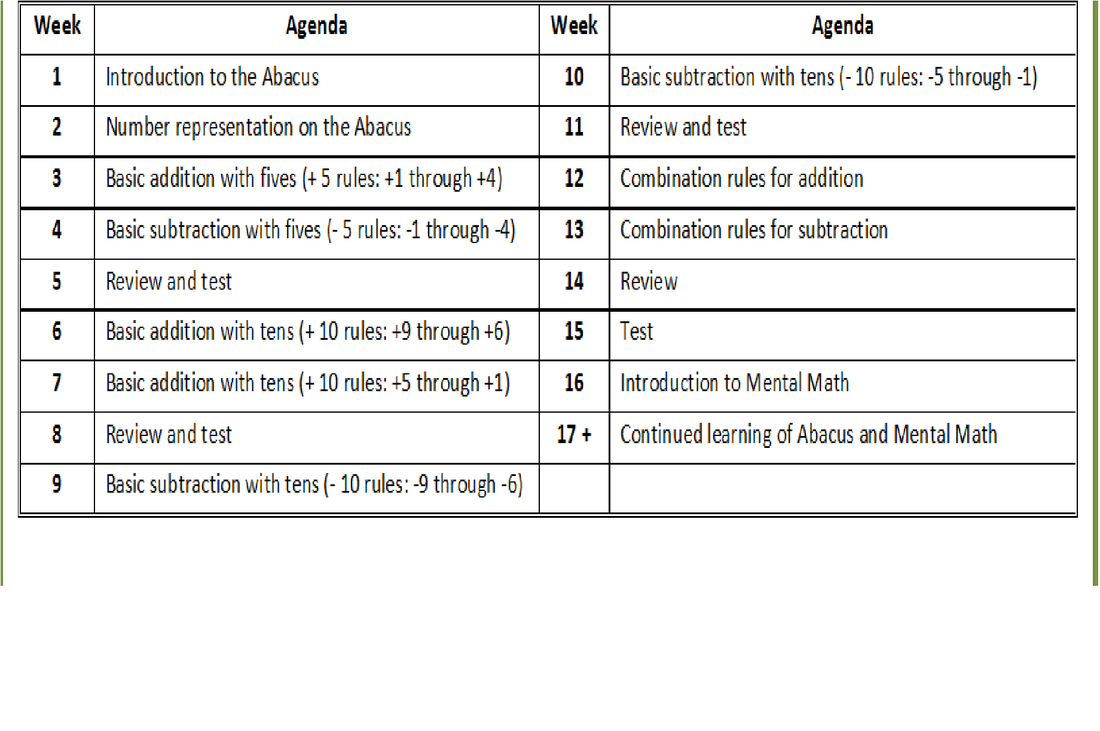We are the Caregiving Youth who were inspired by the "Making Caring Common" project to provide Mental Abacus program to underprivileged children |
Activity Organizer: San Jose City Youth Council program coordinator
Program & MAYS Club Advisor: MS. Huey-Chiang Huang, CAAA & Powermath President, 23 years teaching experience Program Volunteer & MAYS Club President: BISV high school student, Stephanie Chen & TBD MA Teacher and Coach: Led by CAAA and Powermath teacher with Mental Abacus Teacher Certification MA Teaching Assistant: Stephanie Chen (Certified at highest Advanced Level 10 in both Abacus and Mental Arithmetic) and other middle to high school students (7th to 12th grade) with minimum Advanced Level 1 certification in Abacus and Mental Arithmetic. MA club class size: No more than 5 students per class. MA club class student target: Target at the students from grade 3 to 7 Location: TBD at San Jose Youth City Council Lesson Cost: Free of charge per 10 sessions (including material and equipment) Time: 4:45pm to 5:45pm on Wednesday The abacus and mental math curriculum begins with introductory lessons about the abacus and how to use the abacus to represent numbers. Next, students will learn a set of “common rules”, which are the mechanics on how to perform addition and subtraction on the abacus and the rules dictating the proper fingers to use, and bead movement. Depending on the students’ progress, these “common rules” may take as few as 12 weeks, or upwards of 15 weeks to learn. After students have mastered the abacus, they may advance and transition to picturing the abacus in their minds as a precursor to mental arithmetic.
|
